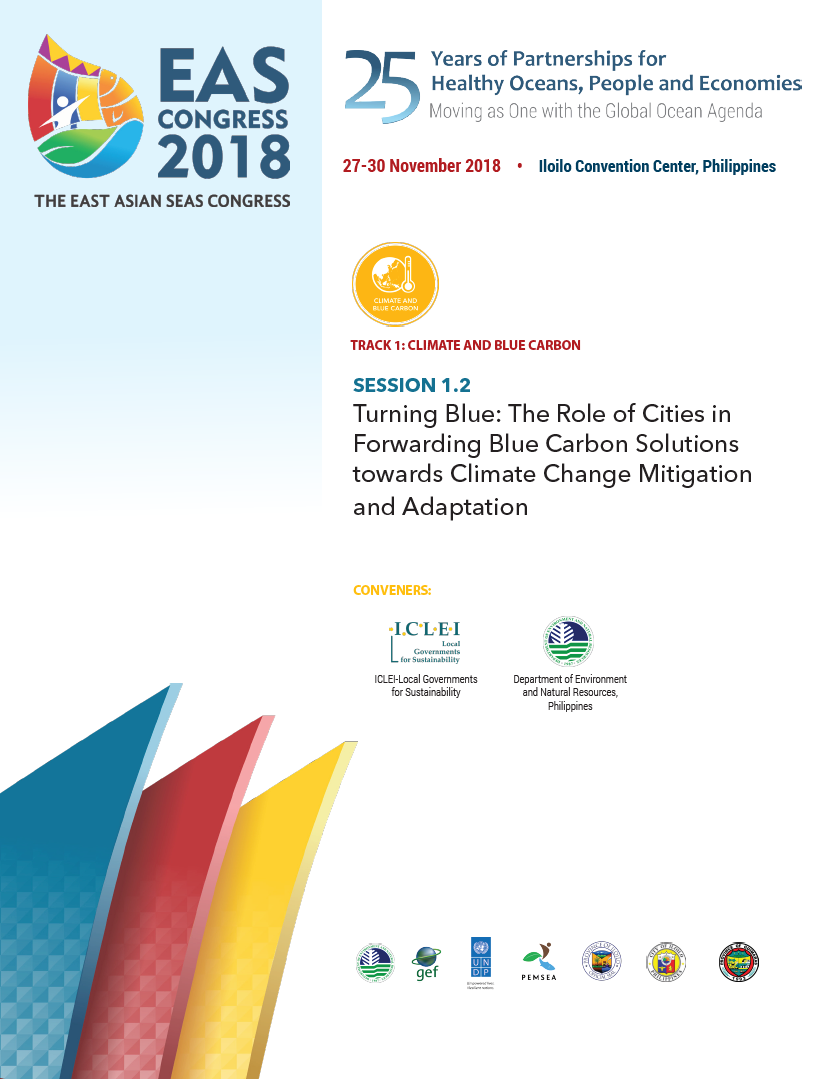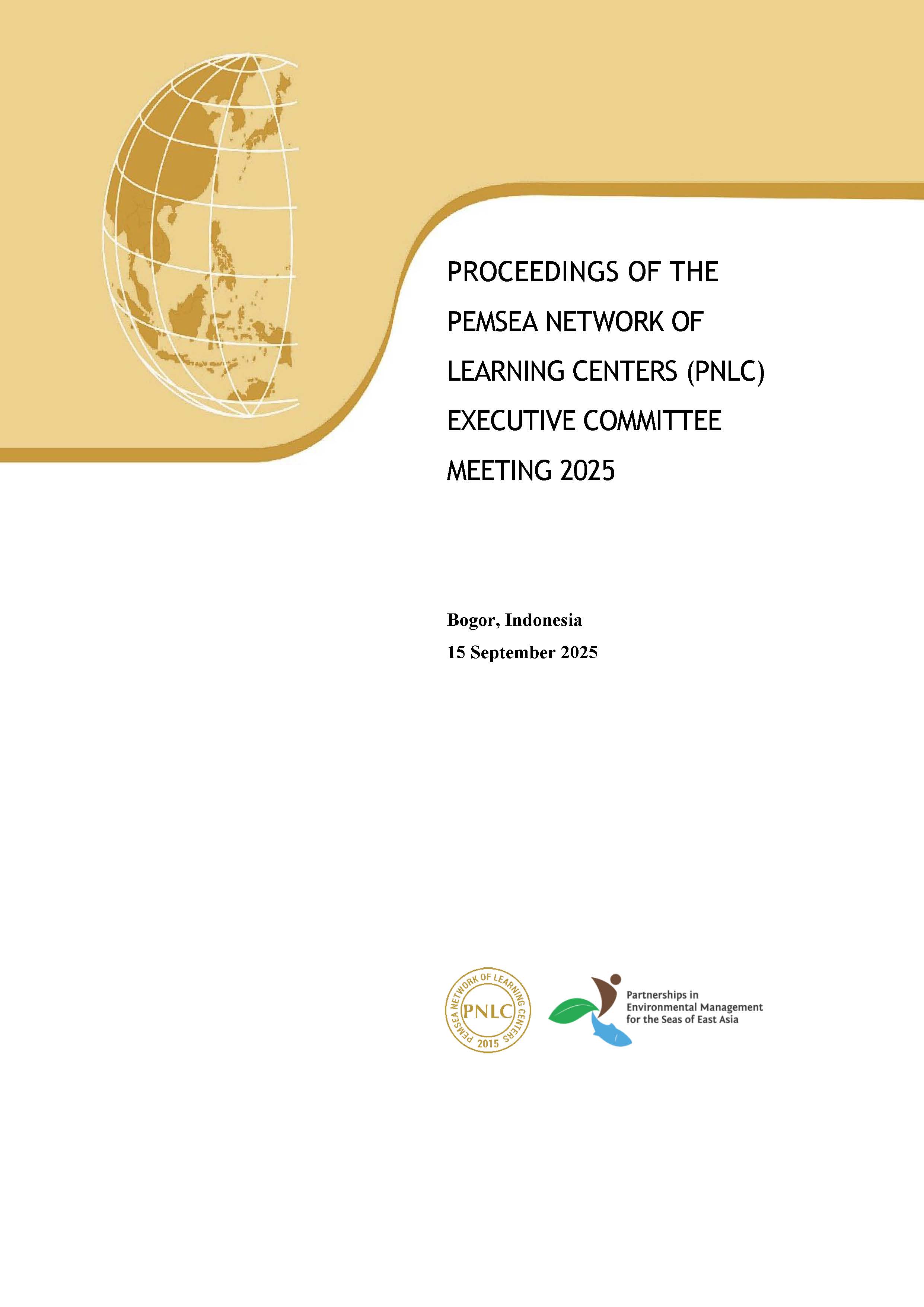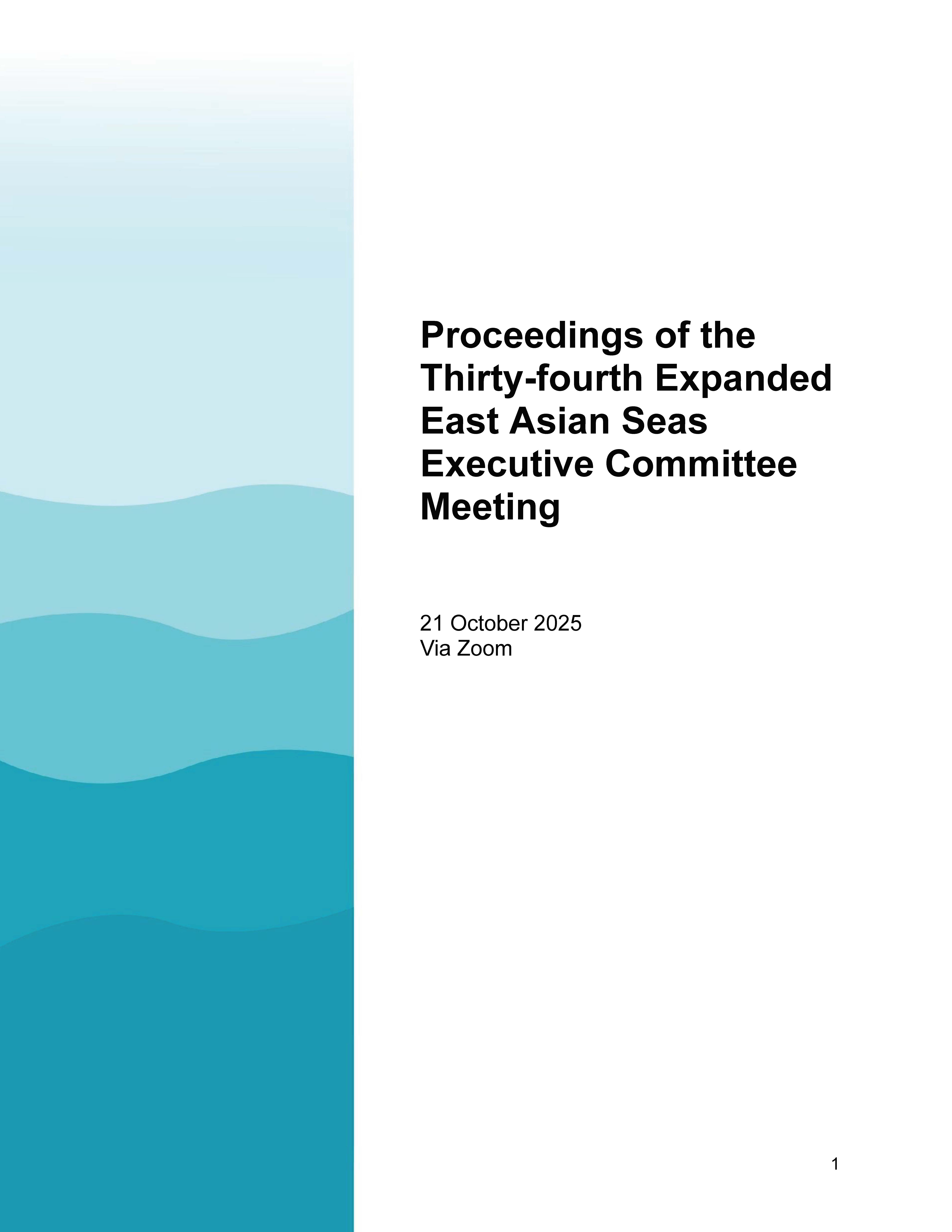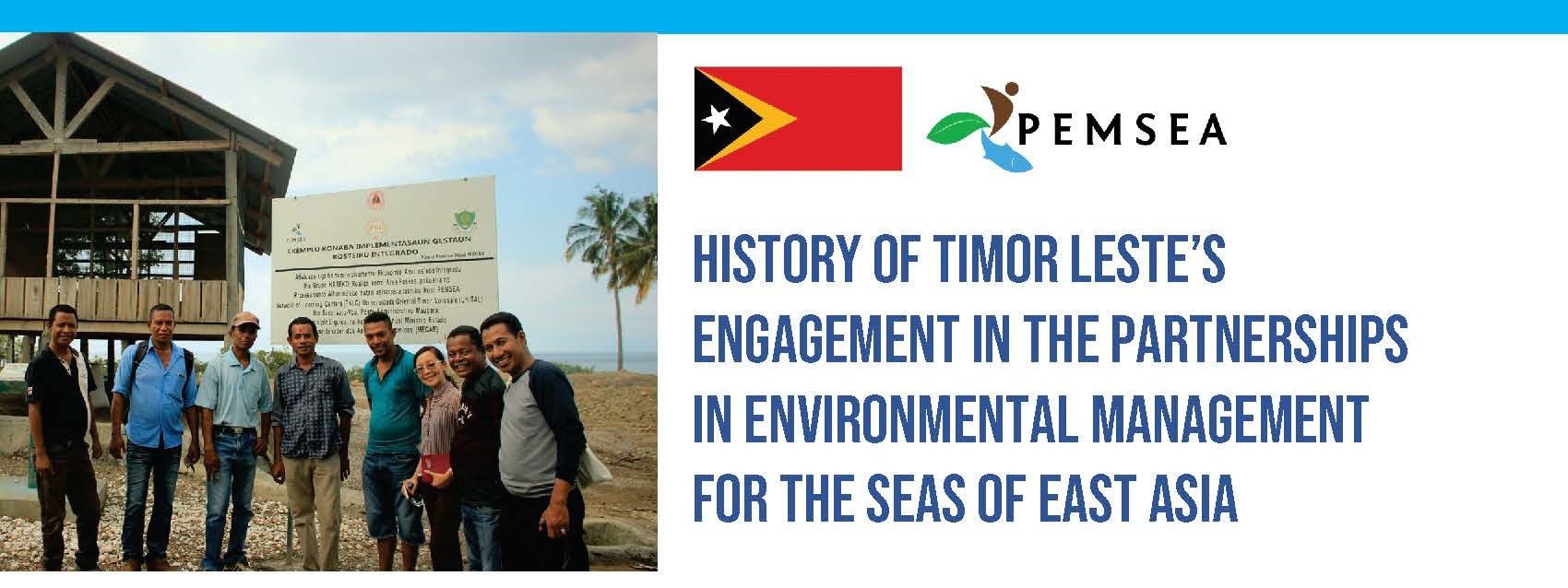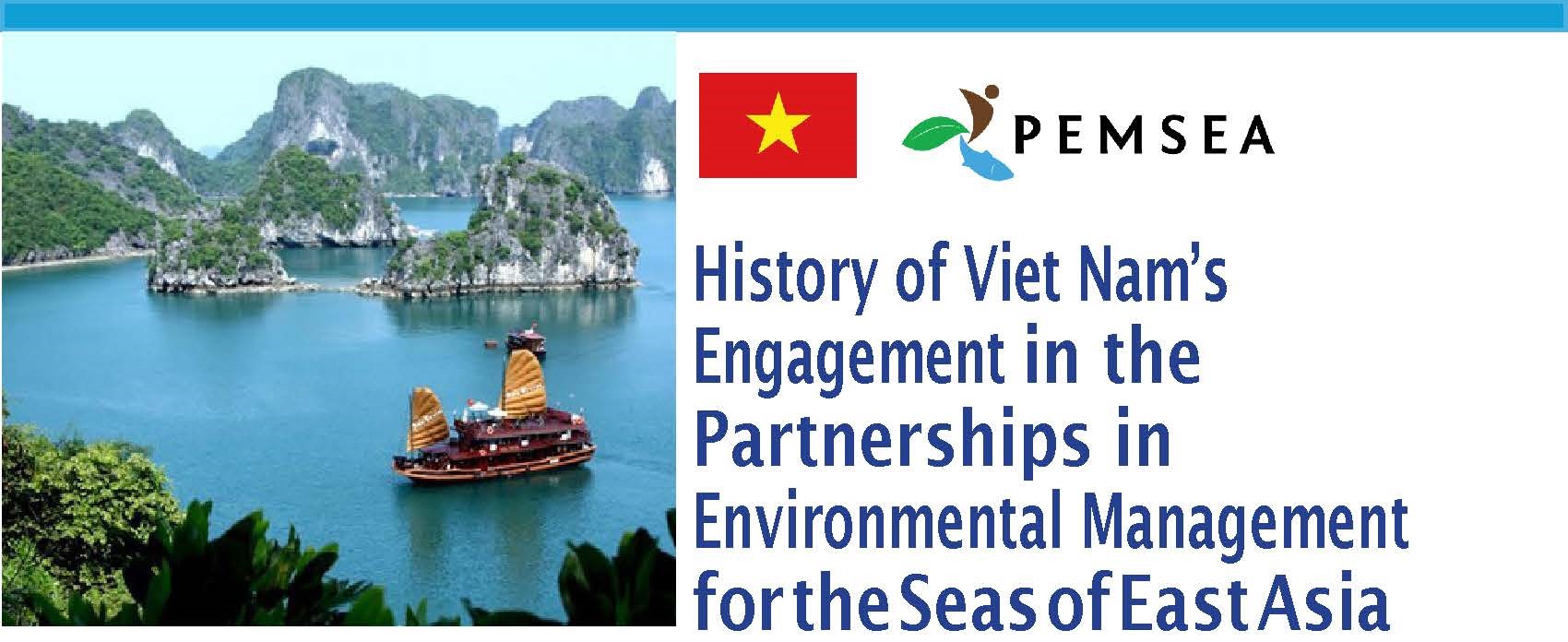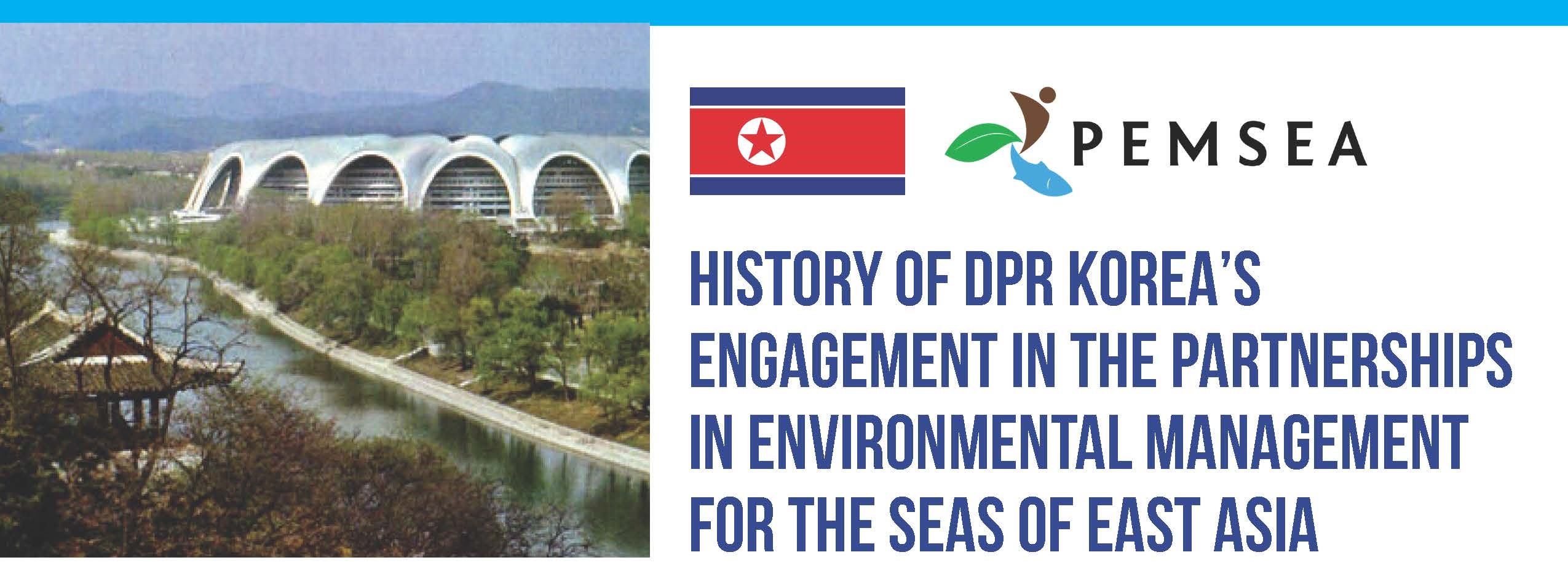
Breadcrumb
Proceedings of the workshop on Turning Blue: The Role of Cities in Forwarding Blue Carbon Solutions towards Climate Change Mitigation and Adaptation (EASC2018 Session 1 Workshop 2)
PUBLICATION DATE:
Friday, November 30, 2018
PUBLICATION TYPE:
Meeting Documents
STATUS:
Only Available Online
DESCRIPTION:
Attended by at least 42 participants representing local government units, national government agencies, academe, private sector, local communities, and other key stakeholder groups, the session aimed to revisit the important role that local governments play in designing and implementing innovative blue carbon solutions. The activity became a venue to discuss and share strategies and programs towards integrated marine resource management.
Fostering an interactive and dynamic interaction amongst the participants, the session employed the Marketplace Activity approach. The resource speakers presented posters highlighting the blue carbon solutions that they are implementing in their respective localities. To enable the participants to directly engage and discuss with the speakers, the plenary was divided into groups and each group was given the chance to visit each poster station. As a culminating activity, the resource speakers and the participants gathered for a panel discussion that summarized the highlights of the session. The panel discussion was also a venue for the participants to express additional questions, insights, ideas, and other pertinent feedback related to the topic of the session.
Key learnings from the workshop centered on recognizing the importance of community participation. The resource speakers noted that local governments should always encourage and solicit the engagement and cooperation of its stakeholders, particularly the local communities who can be tapped as stewards of the marine ecosystems. In addition, the session also put premium on the enforcement of the laws and policies in place. The participants and the speakers agree that ordinances pertaining to fishing activities, harvesting of marine resource, pollution, and others should be strictly enforced at all times. The local government should allocate resources to support the operations of local enforcement groups such as the Bantay Dagat.
Another theme of the discussions is linkages and partnership building. Recognizing that the effects of climate change know no boundaries, the local governments maintained that partnership building with neighboring municipalities, national agencies, academe, private sector, and others is a strategic approach to integrated marine resource management. Inter-LGU cooperation and networking also scales up blue carbon solutions and allows them to pool their resources to expand the coverage of their initiative. A good example for this is the Oriental Mindoro Marine Protected Area (MPA) Network, a province-wide effort to uphold and preserve the biophysical integrity of the seas of Oriental Mindoro.
As a knowledge sharing session, the participants and the resource speakers also discussed key points and considerations for replication of the presented strategies. The resource speakers noted that municipalities should assess their challenges, context, and priorities first before they design their own blue carbon initiatives.
RELATED PUBLICATIONS
PEMSEA NETWORK OF LEARNING CENTERS (PNLC) 2025 Executive Committee Meeting Proceedings
The 2025 PNLC Executive Committee (PNLC EC) Meeting was organized by PNLC Secretariat on 15 September 2025 in Bogor, Indonesia. It was participated by Prof. Yonvitner of the Center for Coastal and Marine Resources Studies of the IPB University (CCMRS-IPB) and President of the PNLC, Dr. Fang Qinhua, Deputy Director of the Coastal and Ocean Management Institute of Xiamen University (COMI-XU) and Vice-President of the PNLC, and Ms. Aimee T. Gonzales, PEMSEA Resource Facility (PRF) Executive Director as members of the PNLC Executive Committee. Ms. Isdahartatie PNLC secretariat Coordinator/ CCMRS-IPB University, Ms. Nancy Bermas from PRF, Francesca Cortez (PRF Secretariat Assistant) and Lusita Meilana, PNLC Secretariat staff. The meeting was chaired by Prof. Yonvitner. Ms. Isdahartati served as the Secretariat of the meeting.
The following supporting documents are annexed to these proceedings:
- Annex 1: Meeting Agenda / Program
- Annex 2: Links to the meeting documents, presentation and photos
- Annex 3: List of participants
Proceedings of the Thirty-fourth Expanded East Asian Seas Executive Committee Meeting
The Expanded East Asian Seas (EAS) Executive Committee convened its 34th Executive Committee Meeting on 21 October 2025 online via Zoom. The meeting was attended by EAS Partnership Council Chair Attorney Jonas Leones; Intergovernmental Session Chair Mr. Le Dai Thang; Intergovernmental Session Co-Chair Dr. Xinwei Yu; Technical Session Chair Dr. Suk-Jae Kwon; and Technical Session Co-Chair Dr. Wakita Kazumi. The PEMSEA Resource Facility (PRF), led by Executive Director (ED) Ms. Aimee T. Gonzales, served as Secretariat to the meeting. PEMSEA Country Partners in attendance included national focal points and representatives from Cambodia, China, Indonesia, Japan, Lao PDR, the Philippines, the Republic of Korea, Singapore, Timor-Leste, and Viet Nam. Non-Country Partners present included representatives from the ASEAN Centre for Biodiversity, Ipieca GISEA, Oil Spill Response Limited, National Marine Hazard Mitigation Service, International Center for Environmental Management of Enclosed Coastal Seas (EMECS), PEMSEA Network of Local Governments, and Korea Institute of Ocean Science & Technology, among others. Online observers included staff from the PEMSEA Resource Facility and UNDP.
History of Timor Leste's engagement in PEMSEA
Since joining PEMSEA in 2006 through the signing of the Haikou Partnership Agreement, Timor-Leste has made remarkable progress in advancing sustainable coastal and ocean governance under the Sustainable Development Strategy for the Seas of East Asia (SDS-SEA). Over the years, the country has implemented Integrated Coastal Management (ICM) programs in key municipalities, developed national ocean and coastal policies, and strengthened inter-agency collaboration for marine protection and livelihood enhancement. Through its participation in regional initiatives such as ATSEA and the Marine Plastics ODA Project, Timor-Leste continues to demonstrate strong commitment to ecosystem-based management, blue economy development, and regional cooperation for healthy and resilient seas.
History of Viet Nam's engagement in PEMSEA
Since 1993, Viet Nam has been an active partner in advancing sustainable coastal and ocean governance in the East Asian Seas through PEMSEA. From pioneering Integrated Coastal Management (ICM) in Da Nang to establishing the Viet Nam Administration of Seas and Islands (VASI), the country has institutionalized ICM in national policy and legislation while fostering regional cooperation through leadership roles in PEMSEA bodies and ministerial forums. Viet Nam’s consistent participation in key initiatives and adoption of major regional declarations underscore its strong commitment to blue economy development, marine ecosystem protection, and the long-term implementation of the Sustainable Development Strategy for the Seas of East Asia (SDS-SEA).
History of DPR Korea's Engagement in PEMSEA
Since joining the regional GEF/UNDP/IMO Marine Pollution Prevention in the East Asian Seas (MPP-EAS) project, the DPR Korea has actively advanced Integrated Coastal Management (ICM) through the establishment of the Nampho demonstration site and the National ICM Training Center at Kim Il Sung University. The country has consistently participated in key regional forums, including the East Asian Seas Congresses and Ministerial Forums, adopting major regional declarations and frameworks such as the SDS-SEA and Manila Declaration. Its engagement reflects a sustained commitment to regional cooperation, marine pollution prevention, and sustainable coastal development under PEMSEA.
